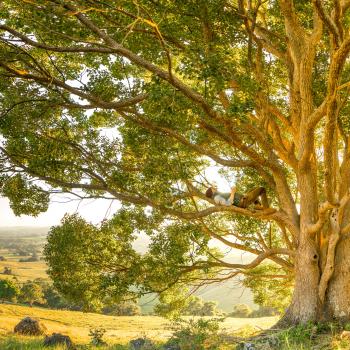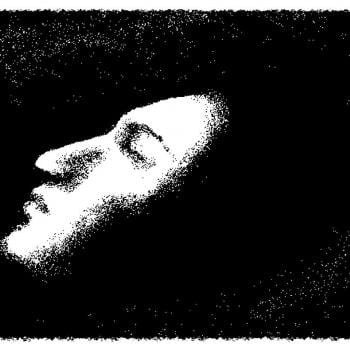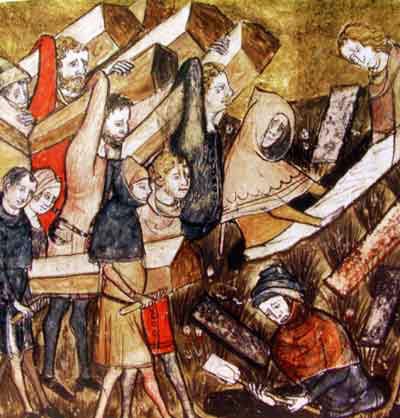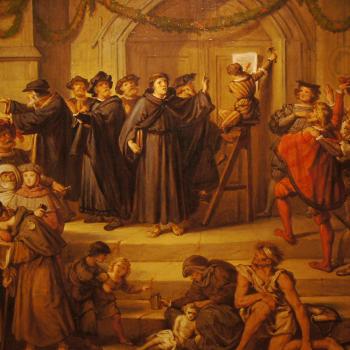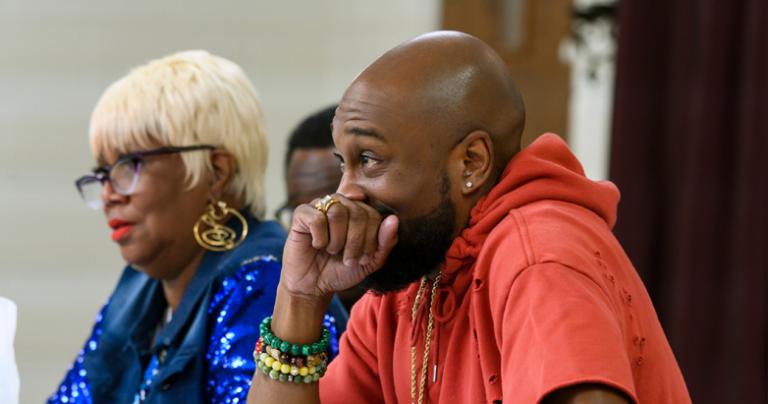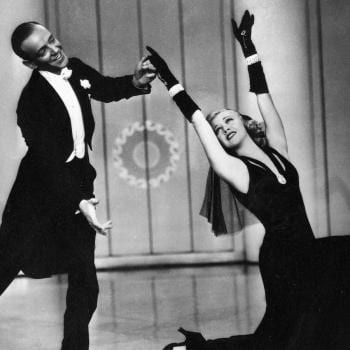- Trending:
- Pope Leo Xiv
- |
- Israel
- |
- Trump
- |
- Social Justice
- |
- Peace
- |
- Love

RELIGION LIBRARY
Zen
Community Organization
Zen and Chan temples, like most Buddhist temples, engage with their surrounding communities in a variety of ways. They may organize and host festivals, prepare special public events for holidays such as the Buddha's birthday or New Year, welcome daily visitors, generate merit for lay followers in response to their requests and donations, and perform requested rituals, especially those related to death.
Zen and Chan monasteries that specialize in teaching meditation have their own internal community structure, and there are a variety of ritual structures that help to generate a sense of community at these institutions. From the time of early Buddhism, the Vinaya, or rules, were an essential element of Buddhist monastic practice. Soto Zen founder Dogen brought from China a variety of monastic regulations that he instituted in the monasteries he directed and built, and which he also recorded in writing. He taught that every activity should be regulated and laid out the rules in excruciating detail—how to brush one's teeth, proper bathroom habits, how the kitchen should be run, how to serve and eat food, and so on. Rinzai Zen monasteries are equally regulated and structured.
In the most rigorous of teaching monasteries, novices and monks will sleep, eat, and meditate all together in the Meditation Hall. The days are organized according to a strict timetable that is indicated by a variety of signals recognized by everyone: wooden clappers, large temple bells that resound throughout the complex, small bells rung through the hallways, large and small gongs, and so forth. Sunrise, sunset, mealtimes, meditation times, work periods, and more—every activity of the day is signaled by a specific sound. Traditionally these times were (and still are in some facilities) determined by the cycles of nature rather than by clock time.
Stringent attention to rules and structure creates a sense of community in a variety of ways. Because everyone has to follow the same rules and dress in the same way, all share a common experience. There are no favorites, none who receives special treatment; everyone is equal, although there is hierarchy between novices and monks and to a limited extent between monks based on seniority. Certainly the abbot and head monk are treated differently. Every person has responsibilities and a role to fill, so every person is necessary to the whole.
This is an ideal, of course, and in practice there are always problems and disciplinary issues. Monks who break the rules are required to confess their infraction at a bi-weekly assembly of all the monks, and punishments are determined at that time. Some forms of punishment, such as striking with the keisaku, or "encouragement stick," will be administered on the spot; this is most commonly used not when someone breaks a rule, but when one is not concentrating properly when meditating. The worst misdeeds will result in expulsion from the specific monastery, as well as from the community of monks.
Minor forms of misbehavior are sometimes ignored, so that there is also a safety valve that relieves the pressure of this intense regulation. One of the challenges of the head monk is to strike a balance between strict regulation and these small gifts of laxity; he must be able to discern when to push harder, and when to let go. Again, this is an ideal, not always met in actual practice.
Dogen said that this harmonious practice of community is itself enlightenment. In other words, rather than being a series of activities designed to enable one to reach enlightenment, these activities are themselves a manifestation of enlightenment. Life for one who is enlightened would not change, but would continue to be exactly the same as before.
The rigorous practice of the Zen community of monks also generates merit for the community at large. For example, the efficacy of the elaborate funeral rituals, which are seen as a guarantee of a kind of salvation after death, depends upon the rigorous practices—meditation and ritual purity, for instance—of the Zen monks who conduct these rituals. In a sense, as they preside over a funeral, they must transfer their own enlightenment to the deceased, and must also demonstrate fearlessness in the face of death as well as a deep understanding of the meaning of Zen Buddhism.
Study Questions:
1. How are monasteries structured?
2. Why do rules create a sense of community?
3. How are monks disciplined?
4. What is the relationship between the monastery and the community?


